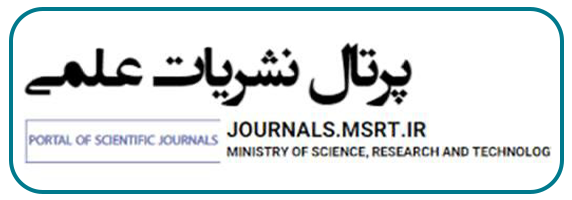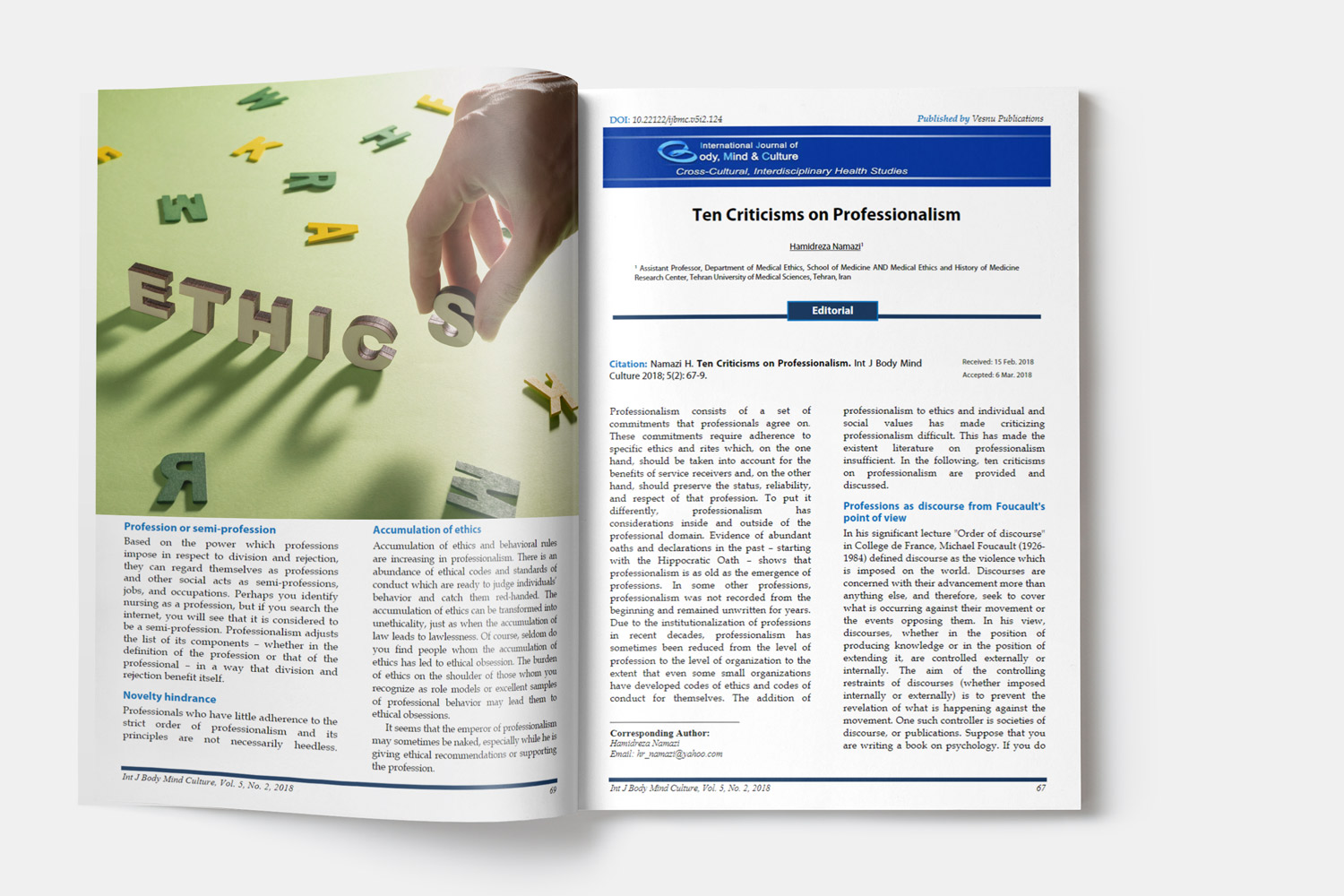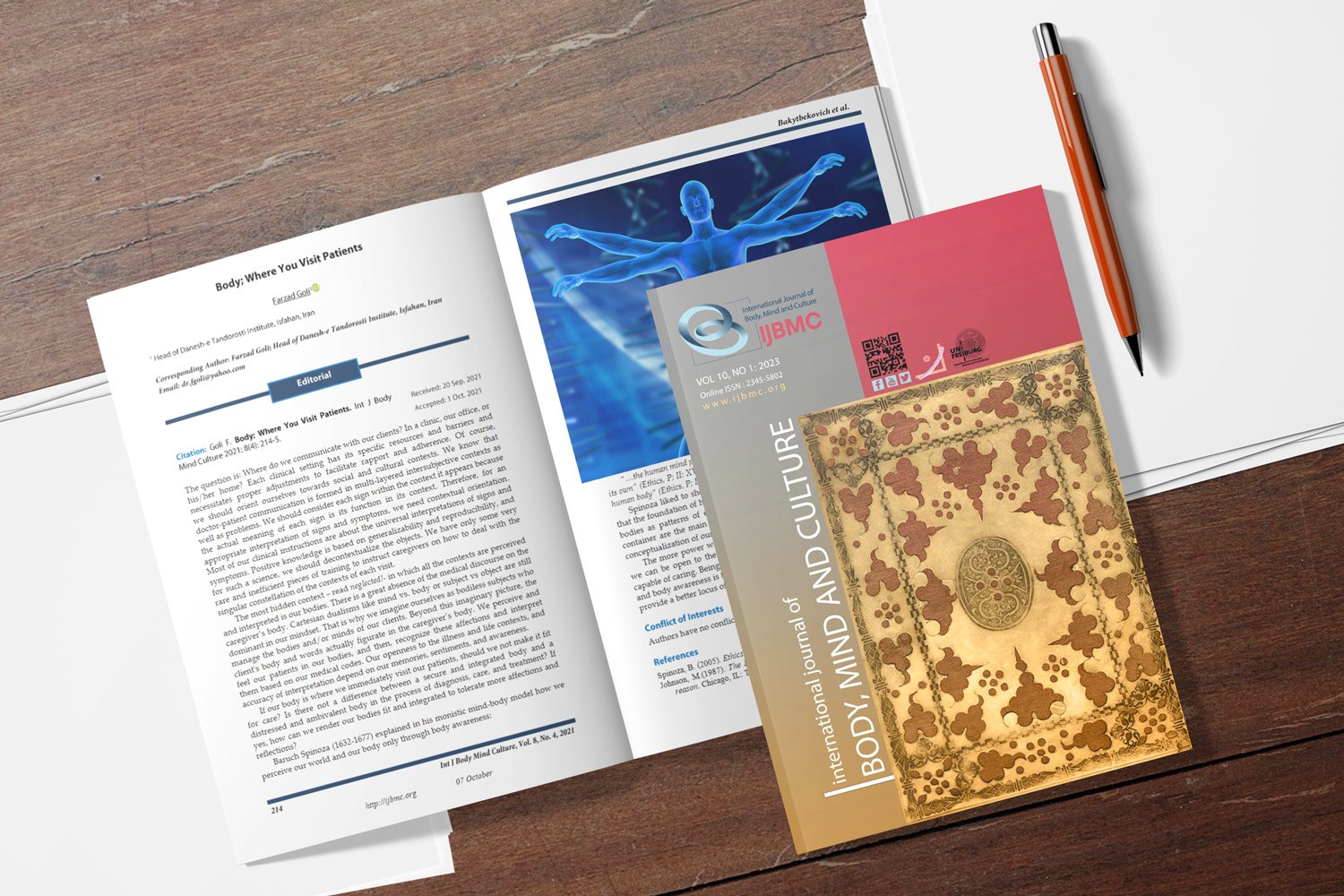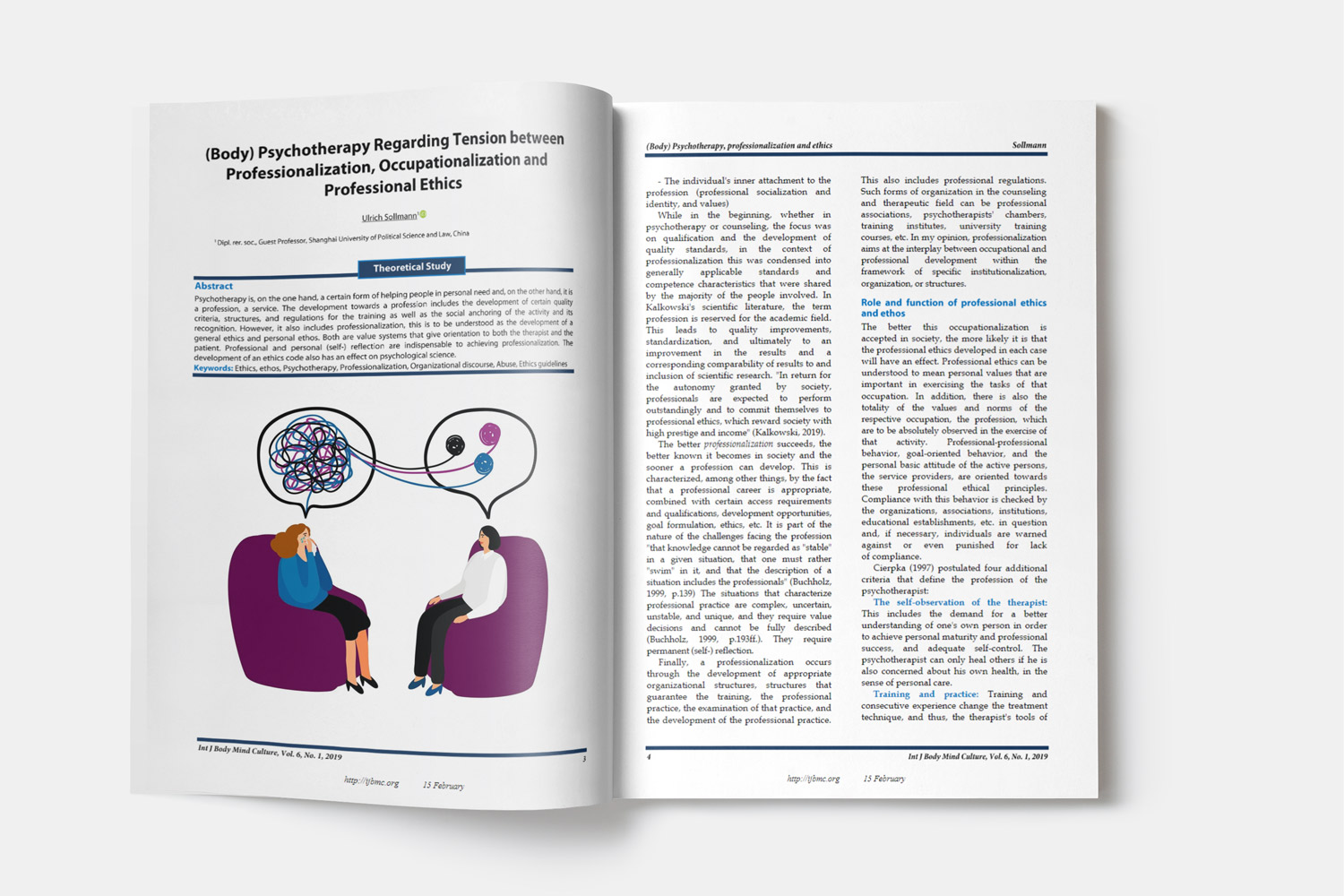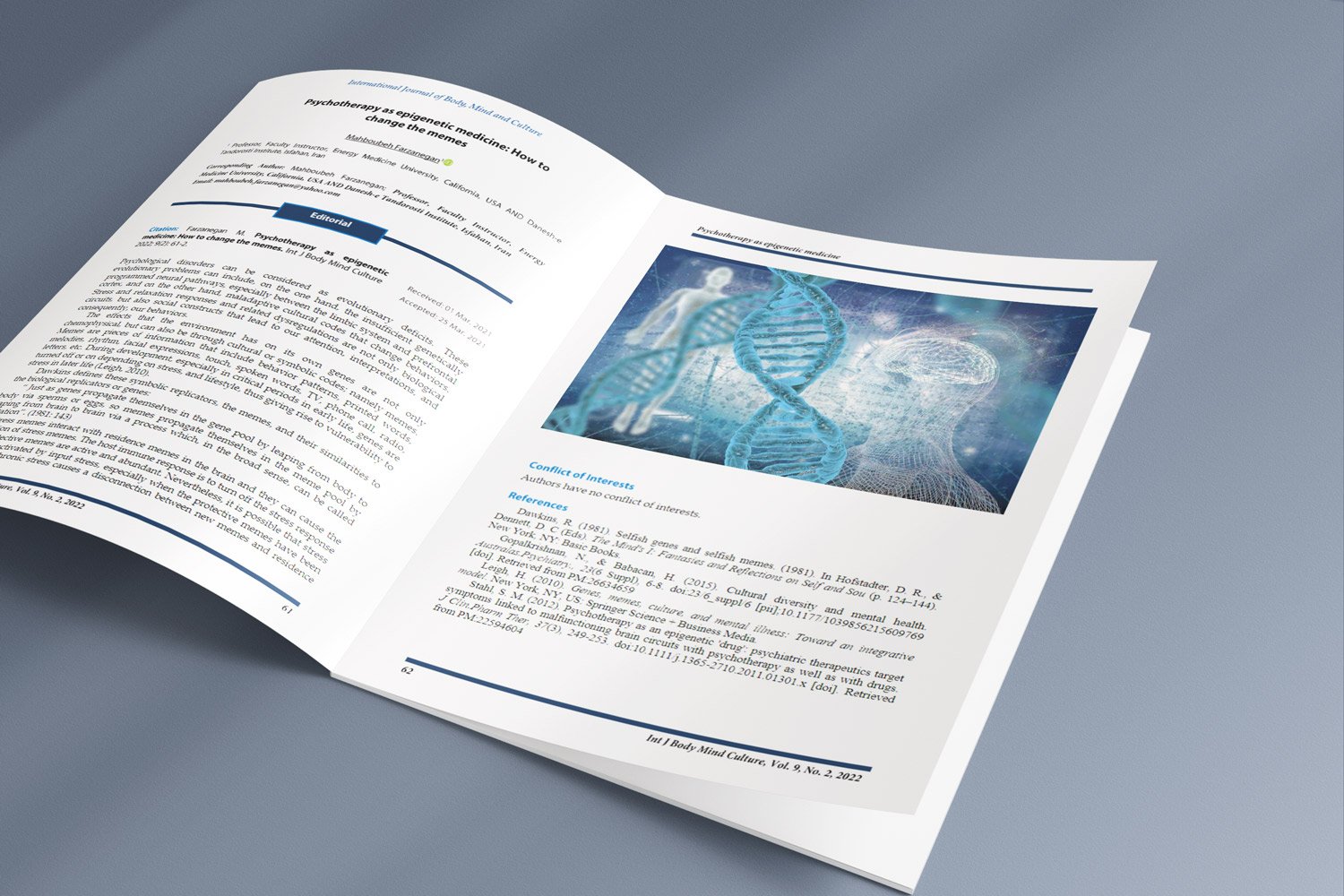Structural Equation Model of Bulimia Nervosa Based on Mindfulness and Anxiety Sensitivity in Obese Women: The Mediating Role of Body Image and Psychosomatic Symptoms
Structural equation model of bulimia nervosa
Downloads
Background: Today, obesity is considered one of the most important and common problems in the field of world health, found to have a significant coexistence with many physical diseases and mental problems. The present study aimed to explain the model of bulimia nervosa based on the components of mindfulness and anxiety sensitivity with the mediating role of body image and psychosomatic symptoms in obese women.
Methods: The statistical population in this research included all patients diagnosed with obesity in the treatment centers of Tehran, Iran, in 2021. The research sample included 384 women diagnosed with obesity followed by removing the distorted questionnaires leading to 357 statistically analyzed samples. The questionnaires used in this research were the Five Facet Mindfulness Questionnaire (FFMQ), the psychosomatic disorders questionnaire, the self-body questionnaire, the Anxiety Sensitivity Index-Revised (ASI-R), and the Binge Eating Scale (BES), which were completed by the subjects following the principles of ethics in the research. The findings were statistically analyzed using path analysis and descriptive and inferential indicators. Data analysis was done using the SPSS software, AMOS software, and other appropriate tests.
Results: The model had a favorable fit in terms of statistics, and it was also found that psychosomatic symptoms as a mediating variable could not have provided a significant explanation for the prediction paths of bulimia nervosa based on anxiety sensitivity and component mindfulness (P < 0.01).
Conclusion: In the treatment of obese people with bulimia nervosa, paying attention to psychological and emotional indicators can be of great importance.
Downloads
Copyright (c) 2023 International Journal of Body, Mind and Culture

This work is licensed under a Creative Commons Attribution-NonCommercial 4.0 International License.






